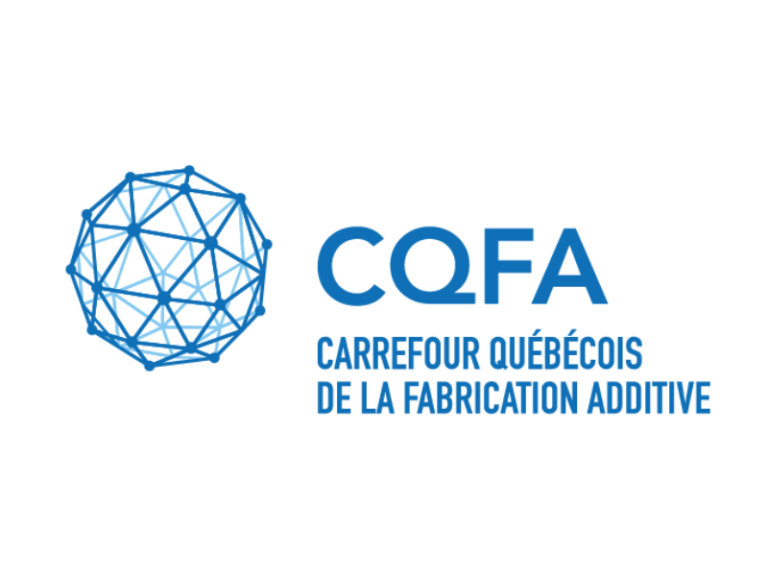
2025/01/03
3D Printed Inconel Sleeve Protects Critical Valves from Thermal Shock
Velan, 2024.
Objectives, background and challenge
Existing thermal sleeves for ebullated bed valves achieve their insulating properties through microscale porosity created with a ceramic coating. These sleeves are machined from metal and then covered with a special ceramic thermal barrier coating (TBC). While effective and economical, the TBC can be brittle and prone to cracking, and the manufacturing process for these sleeves is complex because of the necessary coating step. Velan recognized the need to innovate beyond this insulating option. The company developed a unique thermal sleeve concept that delivers superior thermal insulating performance using a different strategy, while setting itself apart in the market. To create a thermal sleeve that would fit the desired form factor and meet the demanding environment, Velan instead developed a fully 3D printed metal sleeve that uses geometry to provide the insulating performance. Taking inspiration from the labyrinthine structures of bricks with offset seams and the microporosity of TBC and ceramic, the team landed on a double-walled sleeve design with lattice infill. Developing the monolithic thermal sleeve posed a number of challenges, not least of which was identifying the proper lattice geometry. The team experimented with parameters including infill percentage, lattice pattern, and even the thickness of the inner and outer shells of the sleeve.